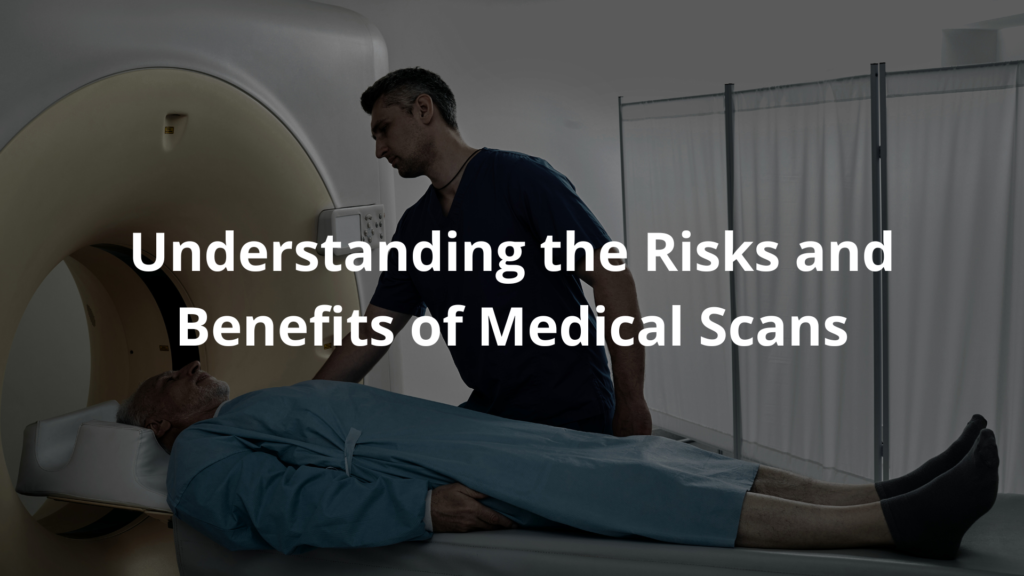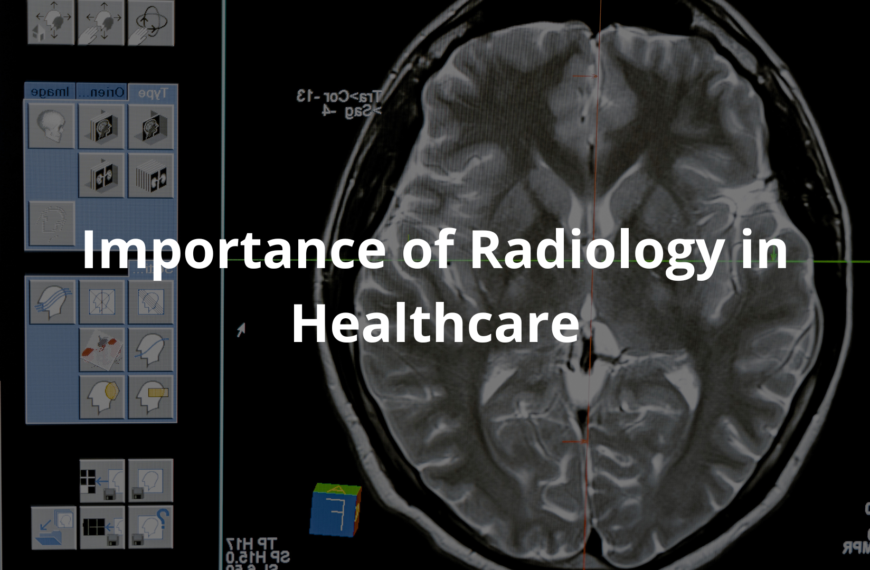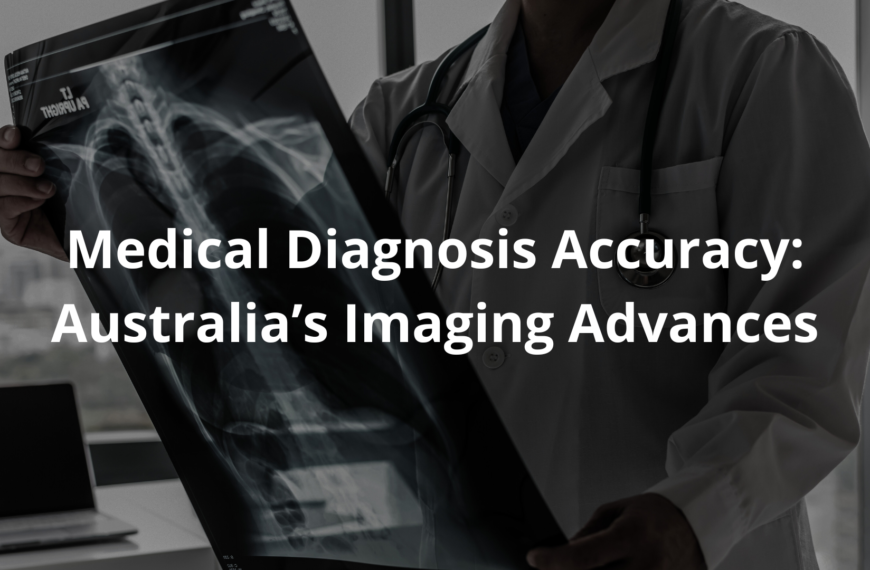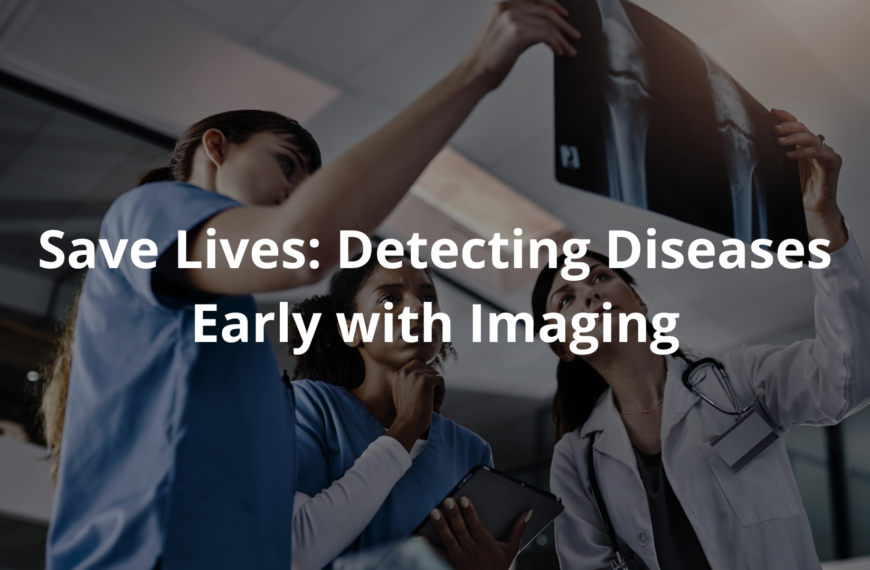Uncover the importance of scans in medical practice. CT, MRI, and PET scans empower doctors with accurate insights for effective patient care.
When someone steps into a stark, white hospital room, there’s often a strange mix of feelings hanging in the air. Nervousness, maybe. A flicker of hope, too. Picture a patient sitting quietly, waiting for their turn with a CT scanner, hands fidgeting, mind racing.
These machines—CT, MRI, PET—aren’t just cold, buzzing equipment; they’re like windows into the body, helping doctors uncover hidden truths. They spot problems early, sometimes before symptoms even appear, and guide treatments that could save lives. Ever wondered how these scans actually work or why they matter so much? Keep reading to see what’s behind the curtain.
Key Takeaway
- Medical scans help doctors find health problems early.
- Different types of scans provide different information.
- Knowing about scans can make patients feel more at ease.
Medical Scans: Understanding the Basics
Medical scans are tools that let doctors look inside the body without needing surgery. They use technology to create images of bones, organs, and tissues. These images help doctors figure out what’s wrong and how to treat it.
CT Scans (Computed Tomography)
- Use X-ray beams to make cross-sectional images.
- Good for spotting things like tumours or internal bleeding.
- Think of it like slicing a loaf of bread to see the inside.
MRI Scans (Magnetic Resonance Imaging)
- Use strong magnets and radio waves instead of X-rays.
- Show detailed images of soft tissues, like muscles or the brain.
- The magnetic field lines up atoms in the body, and radio waves create signals that turn into pictures.
PET Scans (Positron Emission Tomography)
- Show how organs and tissues work, not just how they look.
- Helpful for finding cancer or checking if treatments are working.
These scans give doctors a clearer view of what’s happening inside the body, helping them make better decisions about care.
Why Are Scans Important?
Medical scans are important because they help doctors find problems early. Early diagnosis can make a big difference. For example, catching something like breast cancer early often means simpler treatments and better chances of recovery. [1]
I remember a story about a woman who had a mammogram (a special X-ray for breasts). The scan showed small changes that didn’t seem like much at first. But because of that scan, her doctors started treatment quickly, and now she’s healthy. That scan might’ve saved her life.
It’s a bit like fixing a leaky pipe. If you catch the leak early, you can fix it before it floods the house. Scans work the same way—they find small problems before they turn into big ones.
The Role of Technology
The technology behind medical scans is pretty amazing. For CT scans, X-ray beams spin around the body, taking lots of pictures. A computer then combines these pictures to make 3D images. It’s like putting together a puzzle to see what’s going on inside.
MRI scans are different. They use magnets and radio waves instead of radiation. The magnets align the atoms in the body, and the radio waves create signals that turn into detailed pictures. These pictures are so clear that they can show even tiny issues. It’s wild to think that magnets can do that.
PET scans work in another way. A special dye with radioactive tracers is injected into the body. These tracers show how organs are working, not just how they look. This helps doctors see if a treatment is doing its job or if a disease is spreading. It’s like a map that highlights the areas doctors need to focus on.
Each type of scan has its own job, and together, they give a full picture of a person’s health.
How Do Scans Help Patients?
Medical scans, like X-rays, CTs, and MRIs, are a big help in patient care. They give doctors a clearer picture (literally) of what’s going on inside the body. Here’s how they help:
- Peace of Mind for Patients: Scans can catch health problems early. When patients know scans can spot issues before they get worse, it can ease a lot of worry. It’s like having a safety net.
- Guiding Treatment Plans: Doctors use scan results to make treatment decisions. For instance, if a scan shows the size and location of a tumour, it helps doctors figure out the best way to treat it—whether that’s surgery, radiation, or something else.
- Monitoring Health Over Time: Scans aren’t just for finding problems; they also help track how well treatments are working. If a condition is getting better (or worse), scans show it, so doctors can adjust the care plan.
- Empowering Patients: When patients see their scan results, they can better understand their condition. This helps them feel more involved in their care, which often leads to better outcomes.
Medical scans make healthcare more precise and personal, giving patients and doctors the tools they need to stay ahead of health problems.
Understanding the Risks and Benefits of Medical Scans

Scans like CT, MRI, and PET are powerful tools, but they’re not without risks. It’s good for patients to know both sides.
- CT Scans: CT scans use X-rays, which means radiation. While the amount is small, too much radiation over time can be harmful. Doctors weigh the risks and only recommend CT scans when they’re really needed.
- MRI Scans: MRIs are usually safe, but they aren’t for everyone. People with metal implants (like pacemakers) can’t have MRIs because the strong magnets can interfere with the metal. Always tell your doctor about any implants or medical devices.
- PET Scans: PET scans involve a small amount of radioactive material. It’s generally safe, but patients should still ask questions if they’re unsure.
Patients should feel okay asking their doctors about the risks and benefits of any scan. Talking it through helps patients feel confident about their choices. It also makes sure doctors have all the information they need, like a patient’s medical history, to keep things safe and effective.
Access to Scans
Getting a scan isn’t always easy, especially for people living in rural or remote areas. In Australia, some patients have to travel hours just to get to a medical centre with the right equipment. Then there’s the wait—sometimes it takes weeks to get an appointment, which can delay diagnosis and treatment.
The government has programs to improve access, but gaps still exist. Everyone should have the same chance to get the scans they need, no matter where they live. [2]
There’s a story I heard about a family in a small Queensland town. Their son needed an X-ray after a sports injury, but the nearest imaging centre was over three hours away. They made the trip, of course, but it’s a reminder that access to scans isn’t equal for everyone. Stories like this highlight the need for better services in rural areas.
Future of Medical Imaging
Medical imaging is heading into an exciting future. As technology gets better, new machines are being created that can take clearer pictures of the body while using less radiation. This is good news for patients because it means safer tests without losing any of the detail doctors need.
There’s also a growing effort to make imaging services easier for everyone to access. This matters because catching health issues early can save lives. Mobile imaging units and more clinics could help people in rural or remote areas get the scans they need without having to travel far. [3]
It’s not hard to imagine a future where doctors might even have portable devices to do scans right in someone’s home. That could make a huge difference for people who can’t easily get to a hospital or clinic.
Practical Advice for Patients
If you or someone you care about is scheduled for a scan, here are a few tips to keep in mind:
- Ask Questions: It’s okay to ask your doctor why the scan is needed and what they’re looking for. Understanding the purpose can make you feel more at ease.
- Follow Instructions: Some scans might need special preparation, like not eating beforehand or wearing loose clothing. Following these steps can help the scan go smoothly.
- Stay Calm: Feeling nervous is normal, but remember that scans are tools to help you. They give doctors important information to guide your care.
Knowing what to expect can make the whole process less stressful. The more you understand, the easier it is to focus on what really matters—your health.
FAQ
What are the different types of imaging used in modern health care?
Medical centres offer various imaging types including CT scan, MRI scan, and PET scan. Each type of imaging serves different purposes, from examining soft tissues to checking blood vessels. These imaging procedures help doctors see inside your body without surgery. CT scanning uses ray beams, while MRI scanners use magnetic fields, and PET scanners work with nuclear medicine techniques.
How do CT scanners work and what makes them important for medical diagnosis?
CT technology creates cross sectional images using ray beams. CT imaging provides detailed pictures of internal organs and body structures. During the imaging test, the CT scanners rotate around you in real time, producing detailed ray images that help diagnose various conditions. This type of ct scan is particularly useful for looking at body structures including bones and coronary artery issues.
What safety measures are in place when undergoing a CT or other imaging exam?
Patient safety is a top priority in medical imaging. The royal australian and american college of radiology promote image wisely practices for dose reduction. Healthcare providers follow radiation safety guidelines and reference levels set by the national council. They carefully control radiation doses while maintaining good image quality.
What should patients know before getting a full body scan?
Before a body scan, tell your doctor about any medical devices or metal objects in your body. For some imaging types, you might need a contrast agent or contrast medium. The imaging procedure might have side effects, so discuss any concerns with your healthcare team. Being prepared helps ensure the best possible results from your scan.
How do imaging tests help with early detection and treatment?
Medical imaging helps doctors spot early signs of health issues. These imaging exams let healthcare providers look at soft tissues and body including organs that wouldn’t be visible otherwise. Ray imaging and other imaging procedures help diagnose problems and guide treatment plans. Regular screenings using appropriate imaging types can catch problems before they become serious.
Conclusion
Medical scans like CT, MRI, and PET are tools that help doctors figure out what’s going on inside our bodies. They give detailed images (like a map of your insides) to guide treatments or check progress. These scans are pretty important for keeping us healthy. With technology improving, scans are becoming safer and even more helpful. So, next time someone mentions a scan, think of it as a clever way to help doctors help you.
References
- https://www.ama.com.au/media/vital-role-diagnostic-imaging-health-care-must-be-recognised-and-supported
- https://www.aph.gov.au/DocumentStore.ashx?id=cf7e0cdf-d086-41e7-9812-527e530c4235&subId=560700
- https://www.ranzcr.com/college/document-library/2022-clinical-radiology-area-of-need-site-accreditation-standards




